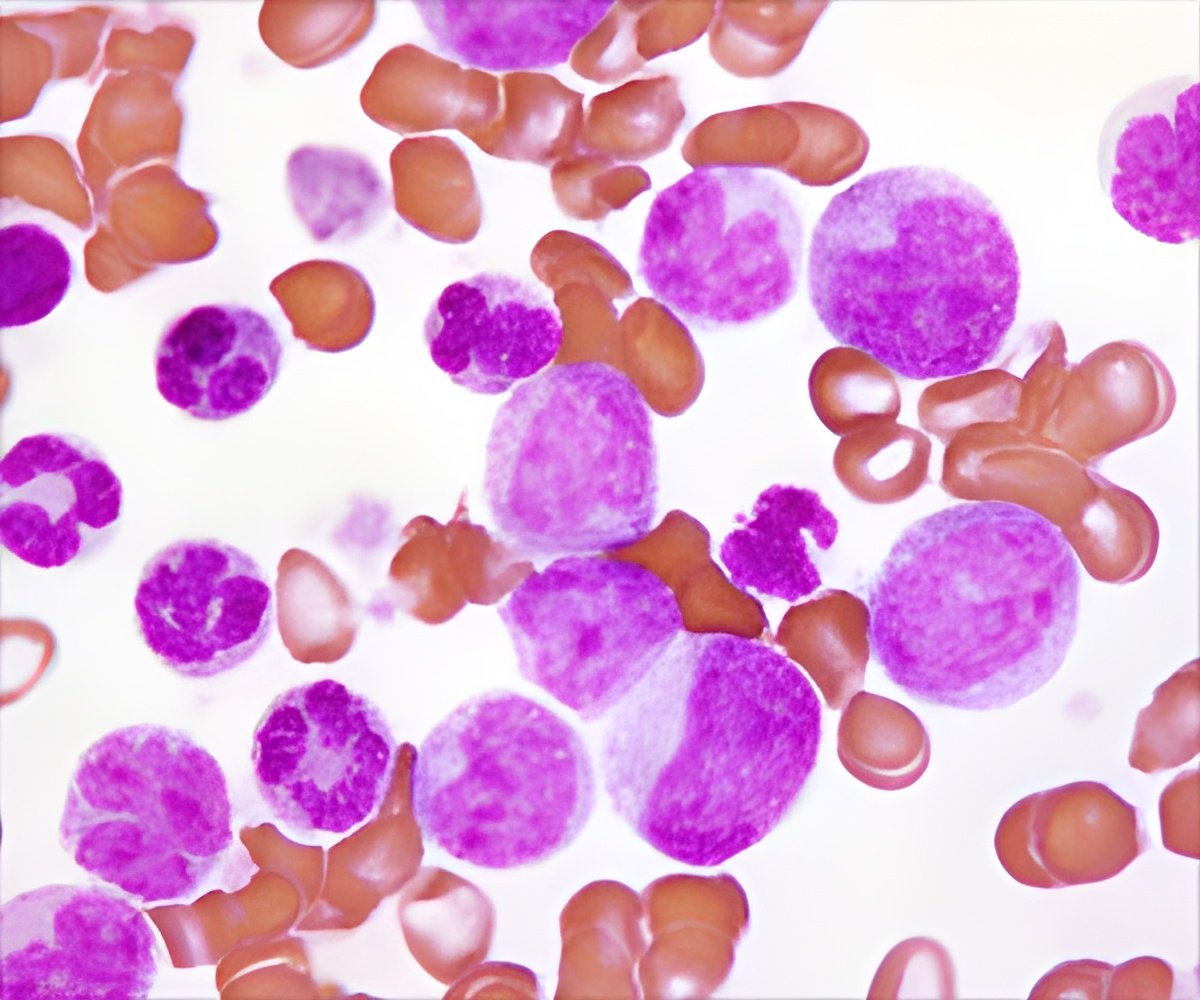A promising drug for treatment of acute myeloid leukemia (AML) may prove fruitful, researchers believe

AML is diagnosed in approximately 19,000 people in the United States each year and results in over 10,000 deaths annually. Many patients with AML are older and have additional medical conditions, which makes treatment difficult. Only 50 percent of patients respond to existing therapies and the average survival time is less than 1 year. Therefore, researchers are trying to find new treatment options to increase survival.
The phase 2 study included 126 newly diagnosed AML patients from 18 cancer centers across the United States and Canada. The patients received the standard chemotherapeutic agents, cytarabine and daunorubicin, or the novel drug combination CPX-351.
"Patients with AML who received CPX-351 had a higher likelihood of remission than patients who received standard chemotherapy," said Lancet, who is the principal investigator and lead author of this study. "In addition, CPX-351 led to longer survival in the large subset of patients whose AML arose out of a previously diagnosed hematologic disorder, such as myelodysplastic syndrome."
Scientists know that cytarabine and daunorubicin work best in a particular concentration ratio. Unfortunately, it is difficult to maintain that ratio in the body when the drugs are administered; therefore, they don't work as effectively as they could. The drug CPX-351 is composed of substances called lipids. Lipids make up the outer membrane of cells and can form hollow spheres or vesicles that can be filled with drugs. Cytarabine and daunorubicin are present inside the CPX-351 lipid vesicle in a fixed ratio that is known to work most effectively.
"The results from this study show a high degree of activity in AML, leading to the opening of the new, larger randomized phase 3 study, which will definitively determine whether CPX-351 is superior to standard chemotherapy," said Lancet.
Advertisement
Source-Eurekalert












